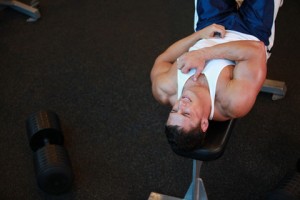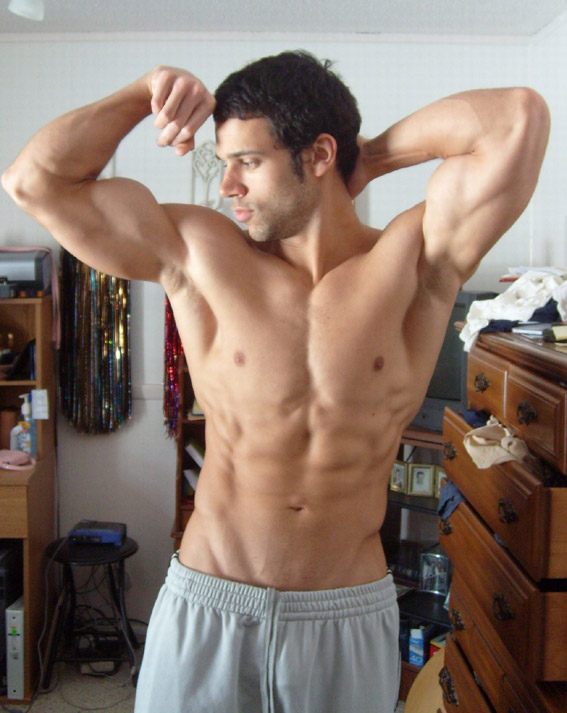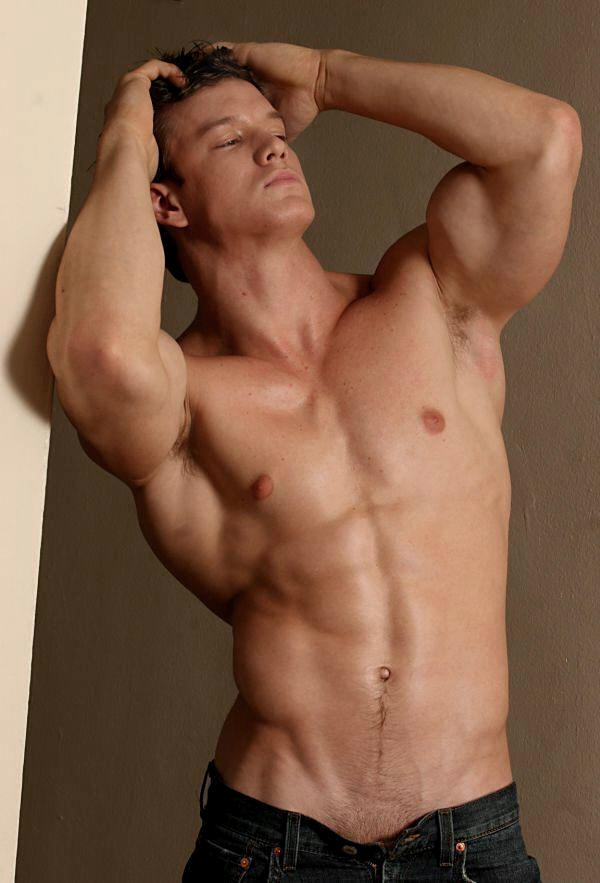Anyone looking to increase their muscle mass should be familiar with the term progressive overload.
Developed by Thomas Delorme, M.D. to help rehabilitating World War II soldiers, progressive overload is the the gradual increase of stress placed on the body during exercise training. It’s based on the brilliantly simple but scientifically-proven concept that muscles won’t grow unless they’re forced to do so - and progressively overloading your muscles is the most effective way to do just that; it’s a technique that body builders have been using for decades.
There are a number of ways to progressively overload a muscle during exercise, but the most common is adding additional resistance. If you’re new to working out, you may be able to increase the amount of resistance or weight that you’re working with by 5 - 10%. For seasoned gym-goers, 2% - 5% may be more realistic.
For example, you may typically do 3 sets of 8 repetitions of biceps curls with 50 pound weights. You’re progressively overloading your muscles if you reach for the 52.5 or 55 pound dumbbells instead. You may not be able to do each set of 8 repetitions initially, but over time you’ll be able to build back up - and then reach for heavier weights yet again.
Overload is sometimes confused with fatigue.
Fatigue is when your muscles are tired. Certainly, overloading your muscles will lead to fatigue - but they’re not one in the same; there are any number of ways to fatigue your muscles. For example, doing a huge number of bicep curls with a light weight will eventually fatigue your muscles. And it may even result in some small gains in mass, but it’s certainly not the most effective technique for muscle growth.
The problem is that many people leave the gym with fatigued muscles - and thus assume that their workout is effective in achieving their muscle mass goals. Unfortunately, this isn’t true. Fatigued muscles aren’t so important as the process by which they became fatigued. For efficient and effective muscle gains, overloading is a great long-term strategy.













